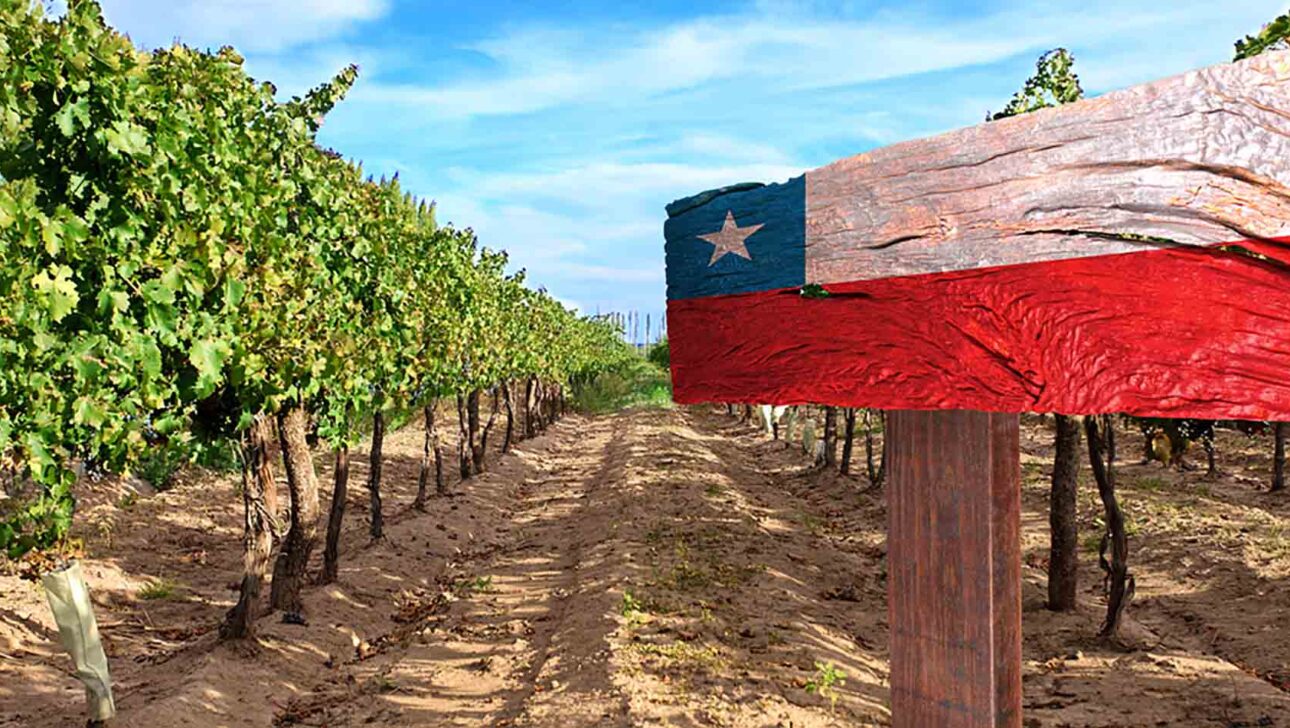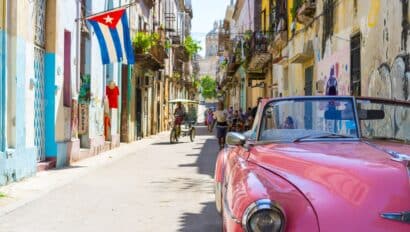Blending modern sophistication with the down-to-earth warmth and hospitality that South America is famous for, Chile also happens to be the seventh largest producer of wine in the world. Enjoying an absolutely stunning location hugged by both the Pacific Ocean and the majestic snow-capped Andes mountains, any wine lover should have a trip to the Chilean wine region on their radar.
Maipo Valley: The Bordeaux of South America
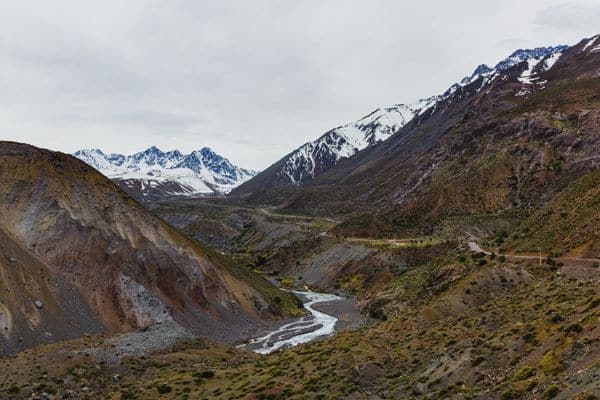
Chile may be a New World country, but don’t call its wine industry young. One of Chile’s most famous regions, Maipo, located at the very northern end of Chile’s extensive Central Valley, has been producing wine since the arrival of the Spanish conquistadors in the 1540s. In the 19th century, entrepreneurial Chileans quickly grew rich from the minerals found in the Atacama Desert to the north, and it became popular for these wealthy individuals to travel to the Bordeaux region of France where they inevitably returned home with vines to plant in their new, French-influenced wine estates. The now iconic Maipo vineyards of Cousino Macul, Concha Y Toro, and Santa Rita were created during this period and are now some of the most important names in the Chilean wine industry.
Vineyards stretch eastward from Santiago to the Andes and westward to the coast to form three distinct sectors of the Maipo Valley, best known for its red wines. Alto Maipo reaches into the foothills and produces some of Chile’s leading Cabernets. Central Maipo is one of the country’s oldest and most diverse productive regions, and Coastal Maipo takes advantage of the cool maritime influence that comes over the Coastal Mountains, creating some delicious whites. The nearby Casablanca Valley is also a top white wine-producing region, known for its Sauvignon Blanc and Chardonnay white wines. The region is relatively new by Chilean standards, as Casablanca Valley’s first vineyards were planted in the 1980s, but it continues to grow as vines now dominate the landscape.
Why Is Chilean Wine So Well Respected
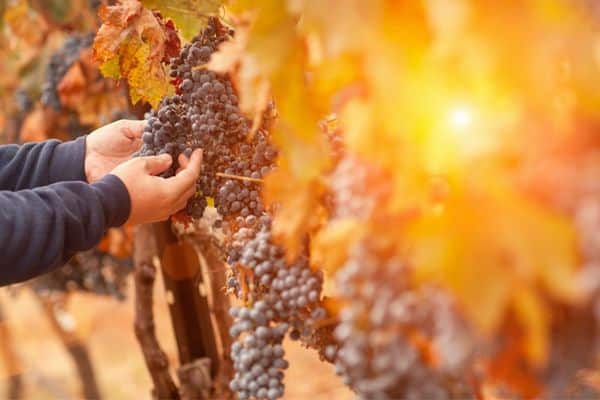
While wine has been grown here for centuries, it’s only been about a quarter-century since winemakers here have committed to making terroir-driven fine wines. Until the 1990s, most of the country’s wine was consumed by its residents, but once it got on the world stage, winemakers started stepping up their game. Bordered by the cool Pacific Ocean to the west, the Andes to the east, the Atacama Desert to the north, and Patagonia to the south, Chile is naturally protected on all sides – making it safe from phylloxera, the vineyard pest that destroyed much of the world’s vineyards in the 1800s. Chile is the only major wine-producing country free of phylloxera, making it now home to some of the world’s oldest vines. As a grapevine grows older, the grapes it produces become more concentrated and nuanced, making these pre-phylloxera vines a huge asset to Chilean winemakers.
Chile’s wine industry is founded on diversity, which is why an overview of Chile’s climate, grapes, and regions barely skims the surface of what the country has to offer. This narrow strip of land can produce festive sparkling wine and crisp and refreshing whites, but just as easily can offer bold, world-class reds and nearly every style in between.
The climate varies dramatically, but all the wine regions in Chile benefit from abundant sunshine and dry conditions, which is convenient for combating disease. Although the lack of water can be challenging for winemakers, Chile’s dry climate makes it a natural for crafting organic, biodynamic, and sustainable wine production. In fact, 75 percent of all exported Chilean wine is sustainably produced.
Chile’s Prized Red Wine: Cabernet Sauvignon
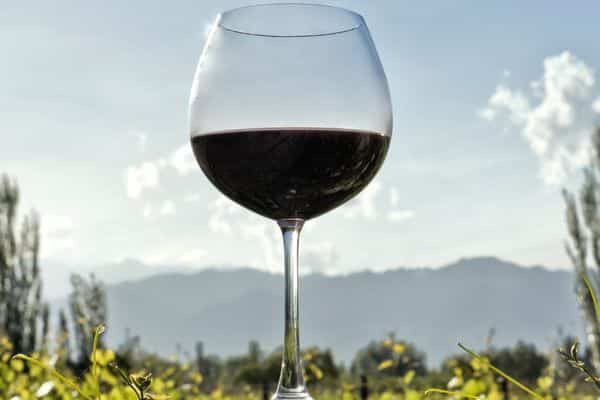
Ask serious winemakers what they think are the world’s best regions for growing potentially great Cab, and you’re likely to hear three names: Bordeaux, Napa Valley, and Chile’s Maipo Valley. Chile’s alluvial flows, abundant sun, and often chilly evenings create the perfect environment for delicious red wines to accompany the rich stews and grilled meats typical of the region. Currently, approximately one of every three bottles of wine produced in Chile is a Cabernet Sauvignon.
The typical Chilean Cabernet Sauvignon is intense and generous, with firm yet pliable tannins, herbal overtones, and loads of dark-fruit aromas and flavors. These wines are fuller-bodied than those coming out of cooler climate Bordeaux, but less sumptuous and more spice-based than the fruit-forward Cabs from Napa.
More than Just Cabernet Sauvignon

Along with Cabernet Sauvignon, Maipo Valley is proud to grow many varietals, including its iconic Carménère, Merlot, and Syrah. Chardonnay and Sauvignon Blanc are also produced with great success, especially in spots near the cooler coast. The Maipo Valley produces about 85% reds and 15% whites.
While Cabernet Sauvignon may be the most popular wine made in Chile, Carmenere is the most iconic and one that many Chileans are proudest of. Carménère (“car-men-nair”) is a medium-bodied red wine that also originated in Bordeaux, France, and now grows almost only in Chile. The wine is revered for its supple red-and-black berry flavors somewhat close to Merlot – in fact, Carménère was thought to be Merlot when it was first transplanted into Chile.
Outside of Chile, Carménère is little known, but it makes an excellent everyday food pairing wine. The naturally high acidity is perfect to pair with foods accompanied by higher acidity sauces. It also often has herbaceous peppercorn-like undertones that complement roasted meats from chicken to beef, but the lower tannins make it a friendly option for lighter, less fatty dishes as well.
Considering that there is no federal limit on the amount of alcohol someone may import into the United States for personal use, make sure to save space in your bag on your Chile trip to fill your wine cellar back at home – often bottles direct from the vineyards cost at least half of what they would in a quality wine shop in the states.
Is your palate piqued yet? If so, consider joining us on our Chile Walking & Adventure Tour where we begin in Santiago and drink wine in Maipo Valley before we walk volcanic lava flows in Osorno, visit Magellanic and Humboldt penguins on the island of Chiloe, spend the day with gauchos on a working estancia, and even picnic mountaintop by the towering granite pinnacles of the magnificent Torres del Paine National Park.


